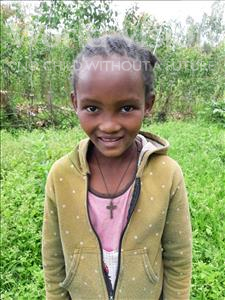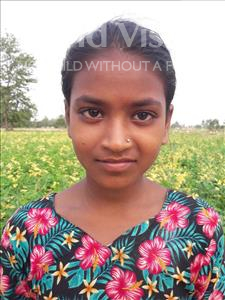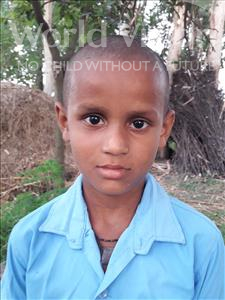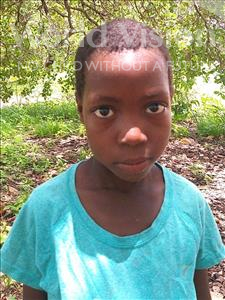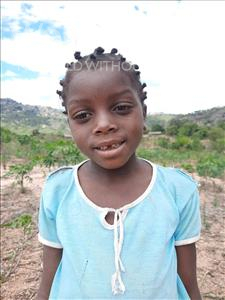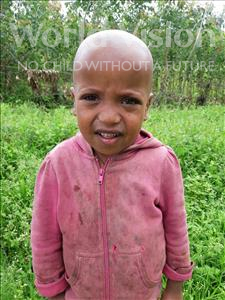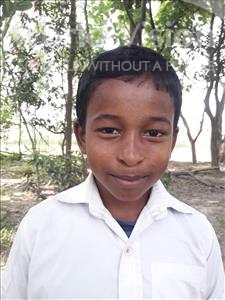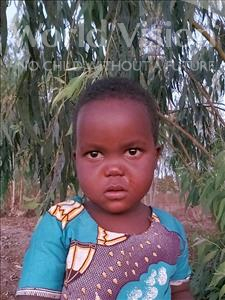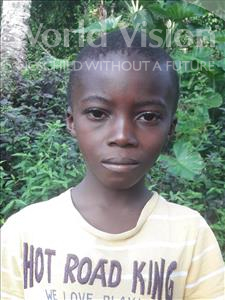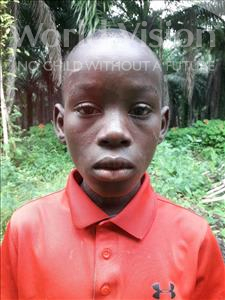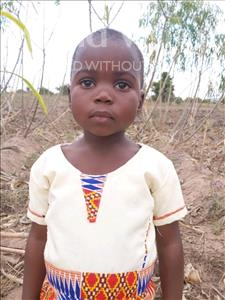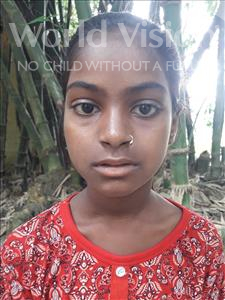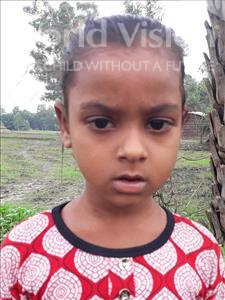Geography and people
Located in south-eastern Africa, Zimbabwe is a landlocked country bordered by Botswana, Mozambique, Zambia and South Africa.
Zimbabwe is three times the size of England. Home to vibrant wildlife and varied landscapes - plateaus and grasslands make up most of the terrain, along with mountains to the east and Lake Kariba to the north. Victoria Falls, at a mile wide the biggest curtain of water in the world, plunges into the Zambezi River. It has a tropical climate with a rainy season Nov - March.
Formerly the British colony of Southern Rhodesia, Zimbabwe gained independence in 1980. Robert Mugabe won presidential elections in 1987 and has stayed in power ever since. Massive flooding hit northern Zimbabwe in late 2007, displacing more than 1,250 people. A devastating cholera epidemic hit in 2010, causing more than 1,000 deaths and infecting thousands more people. Elections in March 2008 and July 2013 have been filled with controversy over the delayed results and judged as flawed: 2008 elections negotiations lasted until Feb 2009, Mugabe remained President and his opponent Tsvangirai became prime minister. However the post of PM was abolished in 2013 as Mugabe secured a convincing win.
The country’s natural resources include coal, gold, nickel, copper, iron ore, lithium, tin, and platinum. Arable land comprises only 10.5% of the total area.

Population
Life expectancy
Literacy rate
Access to safe water
Average annual income
Fast facts
In 2000 Mugabe redistributed white-owned farmlands to blacks - a move that caused agricultural exports to decline sharply, bringing hyperinflation and severe fuel and commodity shortages. By July 2008, inflation ballooned to more than 200 million per cent. The government's removal of price controls and the Zimbabwe dollar in 2009 has helped the economy begin recovery.
Poor agricultural policies, the declining economy and high unemployment have all contributed to the country’s ailing healthcare system. The average life expectancy is 58. Over 1.4 million people are living with AIDS and 890,000 children have lost one or both parents to the disease (UNICEF, 2012).
Please sponsor a child in Zimbabwe today.
Our focus in Zimbabwe
World Vision is committed to partnering with the people of Zimbabwe to improve their lives today and to help deliver sustainable solutions for the future of their children, families and communities. Our child sponsorship programme plays a vital role in this partnership, with donors from the United Kingdom sponsoring over 3,157 girls and boys (as of March 2013) across one community project. In addition to sponsorship, World Vision operates other programmes that benefit communities in Zimbabwe.
Highlights of our work include:
Improving children’s health by facilitating the immunisation of hundreds of thousands of children against Measles.
Providing protection against waterborne diseases by facilitating a cholera response in several communities.
Increasing the accessibility and utilisation of food through distribution and training.
Our Achievements in Zimbabwe
World Vision’s child sponsorship work began in Zimbabwe in 1973. Since then, some of World Vision’s major accomplishments include:
Health
Establishing nutrition programmes to educate mothers of malnourished children about nutritious diets in the 1970s.
Emergency relief
Providing food, medicine, blankets, seeds and additional assistance to those affected by the severe drought during the 1970s and refugees from Mozambique in the 1980s
Water and hygiene
Assisting 60,000 people with the construction of improved water systems and offering hygiene education during the 1990s
Community development
Focusing on agricultural development, loan programmes for Zimbabwean entrepreneurs, HIV and AIDS education and flood relief since 2000.
PRAY FOR ZIMBABWE

Thinking of sponsoring a child?
We're not currently offering child sonsorship in Zimbabwe, but there are many children around the world who still need your help through sponsorship. Use the link below to find a child that you can help today.
Latest news
-
World Vision joins DEC appeal to raise urgent funds for Indonesia tsunami survivors
Thursday 04, Oct, 2018 -
Indonesia earthquake and tsunami: World Vision UK launches appeal
Wednesday 03, Oct, 2018
Our blog
- Wednesday 10, Oct, 2018
Indonesia tsunami: Aid worker's diary of desperation and hope
Friday 05, Oct, 2018
